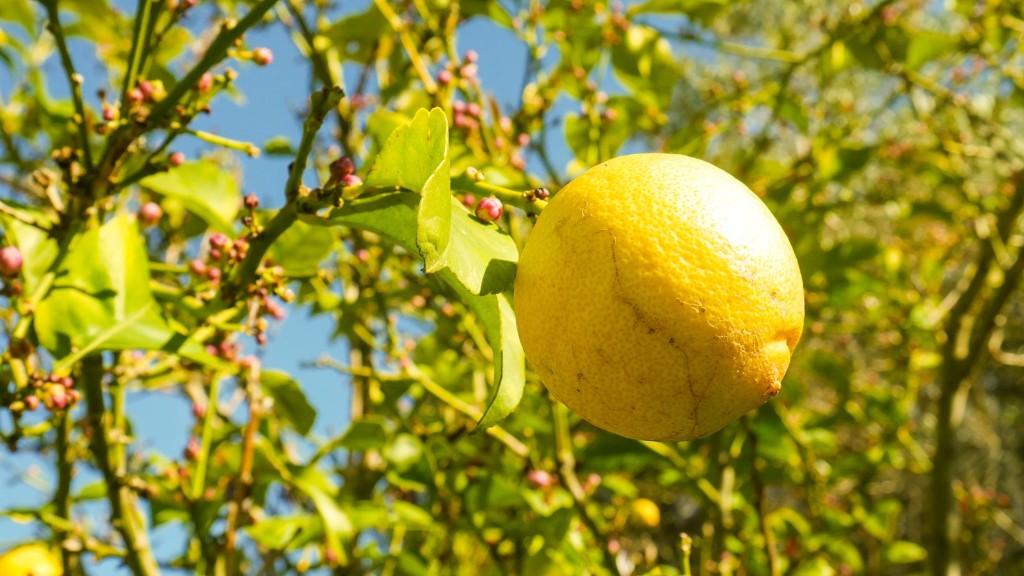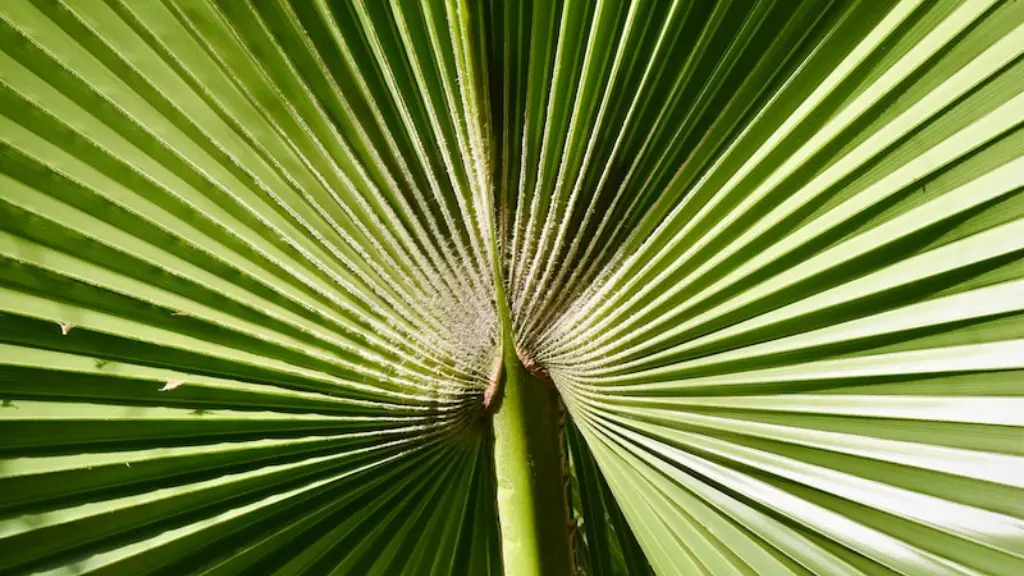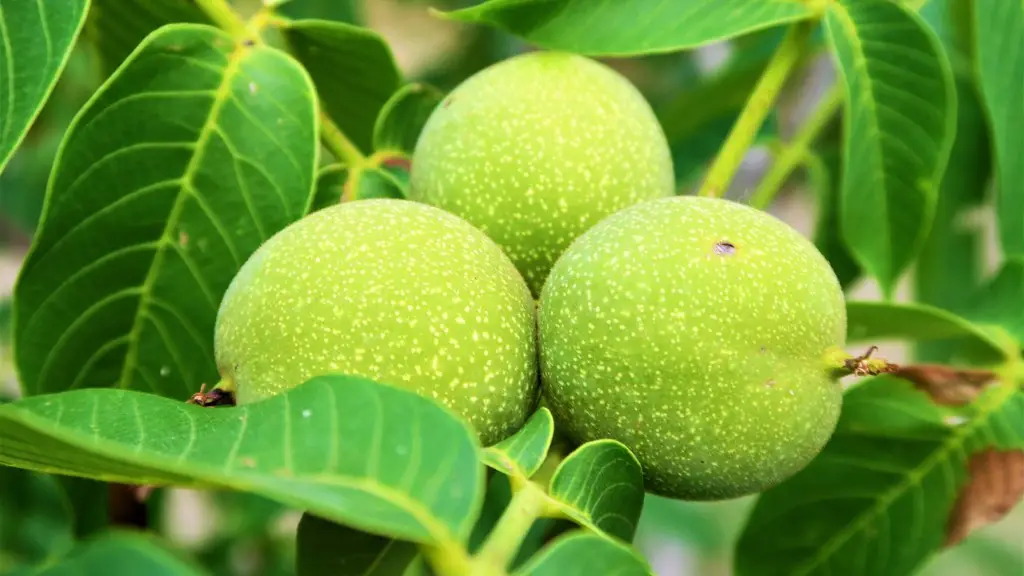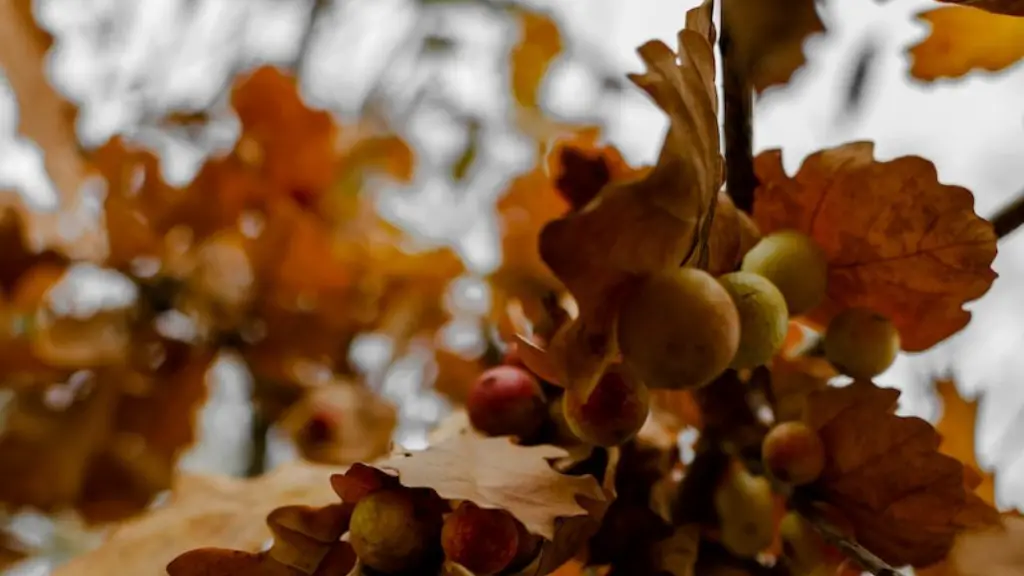Lemon trees are one of the most popular citrus trees to grow in the home garden. They are easy to care for and provide an abundance of juicy, acidic fruit that can be used in a variety of dishes.
If you live in an area with a frost-free climate, you can grow a lemon tree directly in the ground. However, if you live in an area with a cold winter, it’s best to grow your lemon tree in a pot that can be brought inside when the temperature drops.
To graft a lemon tree, you will need a sharp knife, a clean pot, and a healthy rootstock. Choose a rootstock that is about the same size as the tree you want to graft. Make a clean cut on the rootstock, just below where the new growth begins.
Next, make a slanted cut on the lemon tree you want to graft. The cut should be about 1 inch long and should angle down towards the center of the tree.
Fit the two cuts together and wrap them tightly with grafting tape. Water the tree well and place it in a warm, sunny spot.
In 6-8 weeks, you should see new growth beginning to appear on the graft. Once the graft has
1. Remove a 3-4 inch long piece of bark from the desired location on the rootstock lemon tree with a sharp knife.
2. Cut a matching 3-4 inch long piece of bark from the scion lemon tree.
3. Place the cut surfaces of the scion and rootstock together and wrap tightly with grafting tape or plastic wrap.
4. Care for the grafting area by keeping it moist and out of direct sunlight until new growth appears.
What is the best time to graft a lemon tree?
Grafting is a horticultural technique whereby tissues from one plant are inserted into those of another so that the two sets of plant grow together. This technique is used to join plants together so that they can continue to grow as one plant.
Grafting is typically carried out in late winter to spring, as this is when the bark can be easily lifted from the cut surface (bark slip). The grafting process involves making a cut on the rootstock plant and then inserting the scion (the plant that you want to graft onto the rootstock). The two plants are then bound together and left to heal. Once the graft has taken, the plant will continue to grow as one.
T-budding is a grafting technique in which a single bud from a desired variety is grafted onto a rootstock. The T-bud is one of the most common methods used by nurseries to graft lemon trees. In addition to its use in lemon grafting, T-budding is also used for grafting fruit trees of many kinds.
What is the best method for grafting citrus trees
Budding is a type of grafting in which a single bud is attached to a piece of bark, sometimes with a thin sliver of wood underneath. This method is often used to propagate young citrus trees because it is relatively easy to do and requires less skill than other types of grafting.
Since the petiole has fallen off, I pick up the bud with my knife. Next, I insert the bud under the skin of the leaf, making sure that the cambium (the green layer of the plant) is in contact with the leaf. Finally, I wrap the leaf around the bud, using a piece of string or tape to secure it in place.
Can you graft citrus in fall?
Budding and grafting are two popular methods of propagation that can be used to create new plants. Both methods involve taking a cutting from a parent plant and attaching it to a host plant.
Budding is typically done in the spring or fall, when the bark is easily separated from the wood. This allows the bud to be inserted more easily and results in a better bud union. Grafting can be done at any time of year, but it is important to time it so that the bud will not begin to grow and callus will not grow over the bud itself.
Different trees will take different amounts of time to produce fruit, depending on how they were grown. Grafted trees can bear fruit in as little as two years, while seed-grown trees can take anywhere from three to seven years. So, if you’re wondering how long it will take for your tree to start bearing fruit, the answer depends on its history.
What rootstock is used for grafting lemon?
Citrus aurantium L rootstock and “Berna” and “Washington Navel” interstocks were found to be the most appropriate to graft in the lemon tree.
The lemon lime tree is an incredible plant that can grow both lemons and limes. This is possible through grafting or planting two trees in the same pot, such as the Meyer lemon and the classic key lime. This produces a delicious and unique fruit that is perfect for making cocktails!
Can you graft a Meyer lemon tree
The Trees that you purchase at the nursery have all been grafted. That is, a desirable, named citrus variety, such as Owari satsuma or Meyer lemon, is grafted onto a rootstock that is a completely different type of citrus. Trifoliata orange (also called sour orange) is often used as the rootstock.
Budding is a quick and economical method of grafting fruit trees. It involves taking a bud from the desired tree and inserting it into the rootstock of another tree. This method is becoming the grafting method of choice for many fruit tree producers.
Which month is best for grafting?
Grafting is a process of joining two plant parts together so that they will grow as one plant. The best time for grafting is in the spring just as growth starts. This is because the plant is still dormant and the scion (the part of the plant that will be grafted on) is still dormant. If the grafting is done too early, the scion may break dormancy and start to grow before the graft takes hold. If the grafting is done too late, the plant may start to produce its own shoots and the graft will not take hold.
Cleft grafting is the most common type of grafting and is used to join two plants together at a cleft or V-shaped cut. Inlay grafting is used to join two plants together at a slanted cut. Four-flap grafting is used to join two plants together at a square cut. Whip grafting is used to join two plants together at a long, thin cut.
Can you root a lemon tree cutting in water
It is not advisable to root lemon tree cuttings in water as they are likely to rot. It is best to root them directly in soil for better success.
A rootstock is a plant that is used as the base for grafting a fruit tree. The rootstock is selected for its vigor and rooting strength as well as its resistance to certain diseases. If left to grow, the rootstock would be rank, lanky, thorny and may not produce any fruit. However, when grafted with a variety of fruit tree, the rootstock provides the tree with the necessary support and strength to produce fruit.
Why are Meyer lemons grafted?
Most citrus trees are grafted to specific rootstocks when grown for nurseries. This is a fast and reliable way to propagate strong trees that will likely fruit and flower earlier than seedling trees. Grafting also allows growers to manipulate the growth habit (dwarf) and include attributes of another tree.
After the first flush growth has matured, remove the tying tape. If left on too long (several months), the tape may restrict growth by becoming too tight in the graft area. The time taken to tape removal will be 2-4 months.
Why does grafting fail
If the graft selection, tunnel placement, tensioning, or fixation methods are not done correctly, it may lead to graft failure. Improper postoperative rehabilitation may also lead to graft failure, but current protocols seem to minimize its occurrence.
The best time to prune your citrus is after fruiting in spring. In frost free regions, pruning can be done at any time of year, including winter. However in frost prone areas avoid pruning in winter because this will push soft new growth that hasn’t had time to harden off, and it will be damaged by frost.
Warp Up
There are a few different ways that you can graft a lemon tree. One popular method is called bud grafting.
To bud graft a lemon tree, you will need a sharp knife, a clean cup of water, and some grafting tape or sealant. First, you will need to make a clean cut on the rootstock plant that is about 2-3 inches long. Next, you will need to make a slanting cut on the budstick that is about 1/2 inch long. Be sure to make the cut on the budstick at an angle that matches the cut on the rootstock plant.
After you have made the cuts, you will need to match the cambium layers of the rootstock plant and the budstick plant together. Once the cambium layers are aligned, you will need to wrap the grafting tape or sealant around the cut to hold it together.
Place the grafted plant in a clean cup of water and keep it in a warm, sunny location. The graft should take root in 4-6 weeks. Once the graft has taken root, you can transplant it to its permanent location.
This is a difficult process that should only be attempted by experienced gardeners. Grafting a lemon tree is not advisable for beginners.




